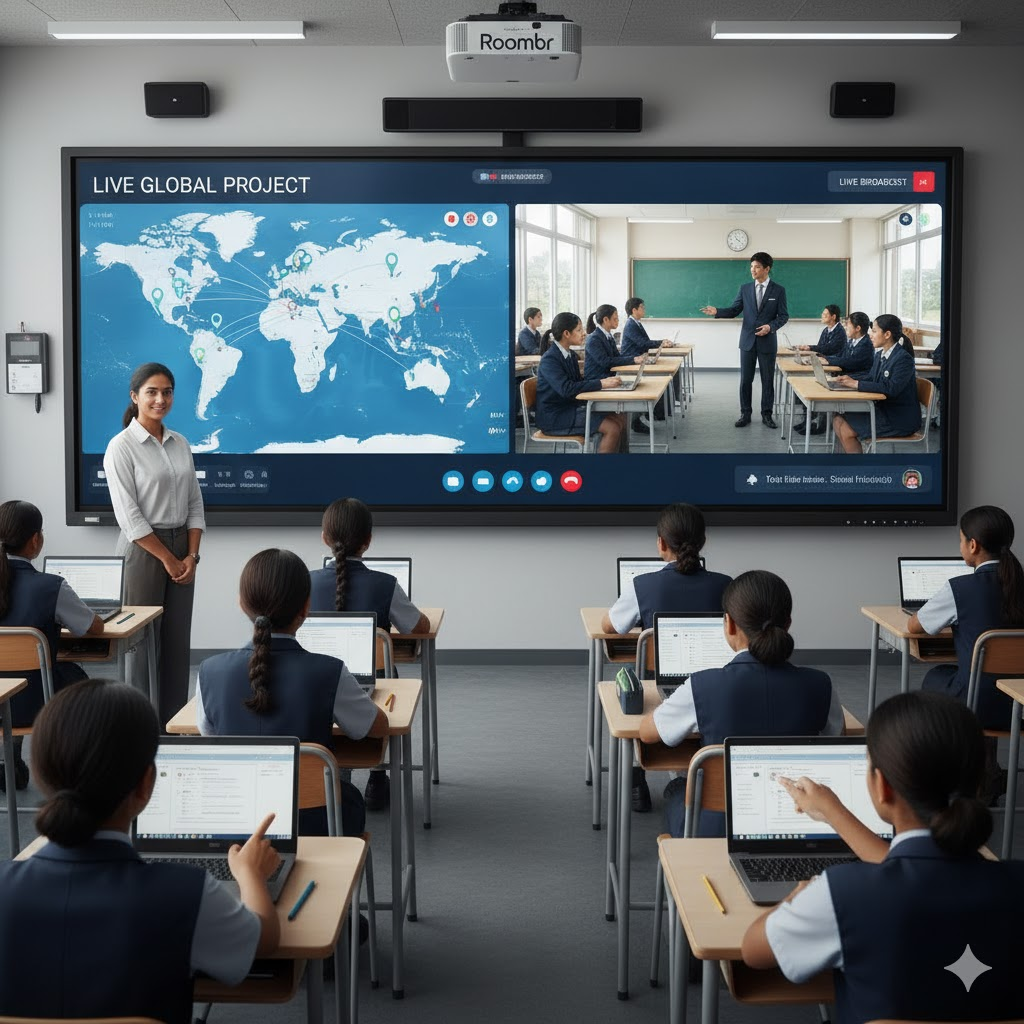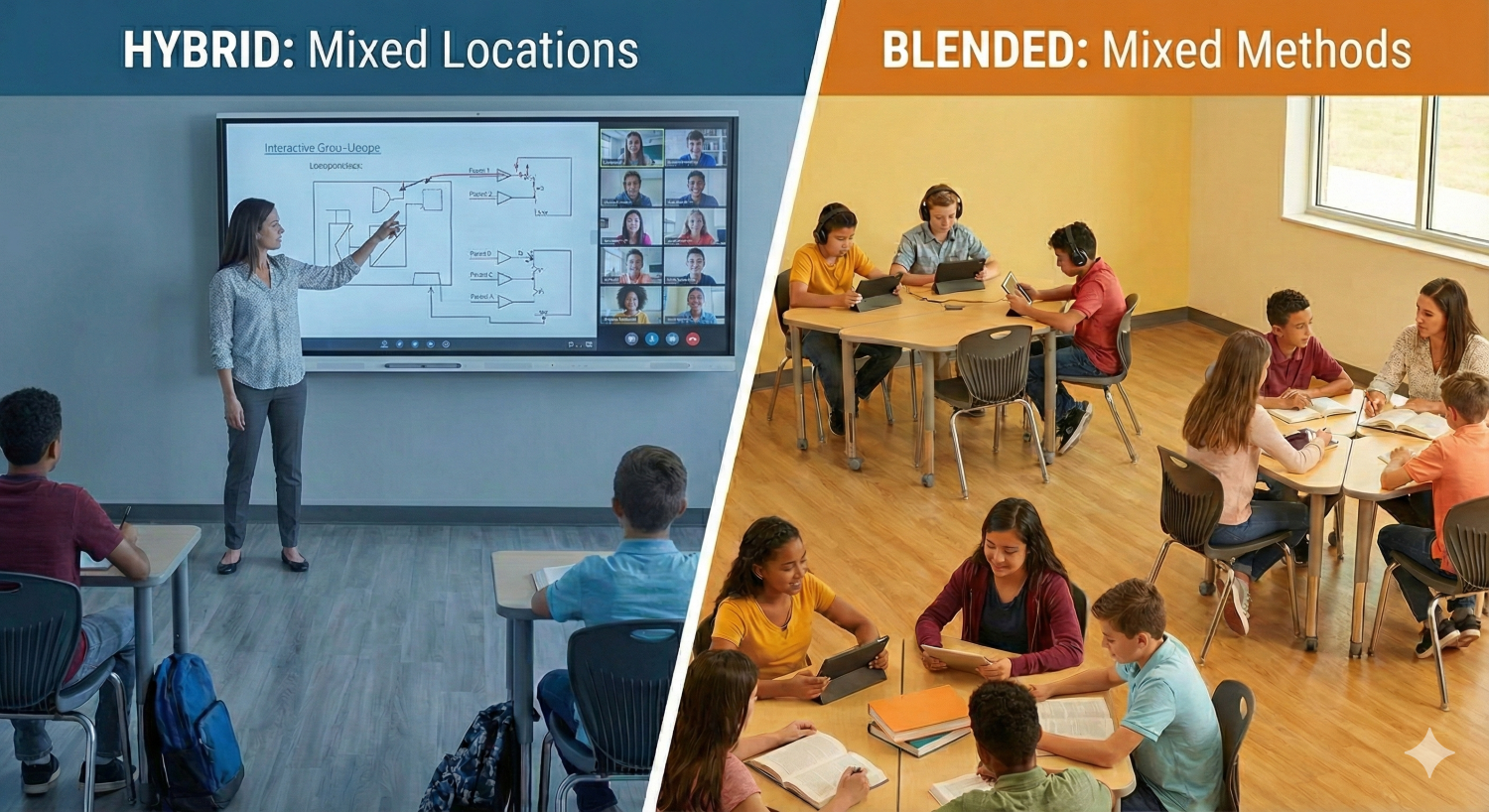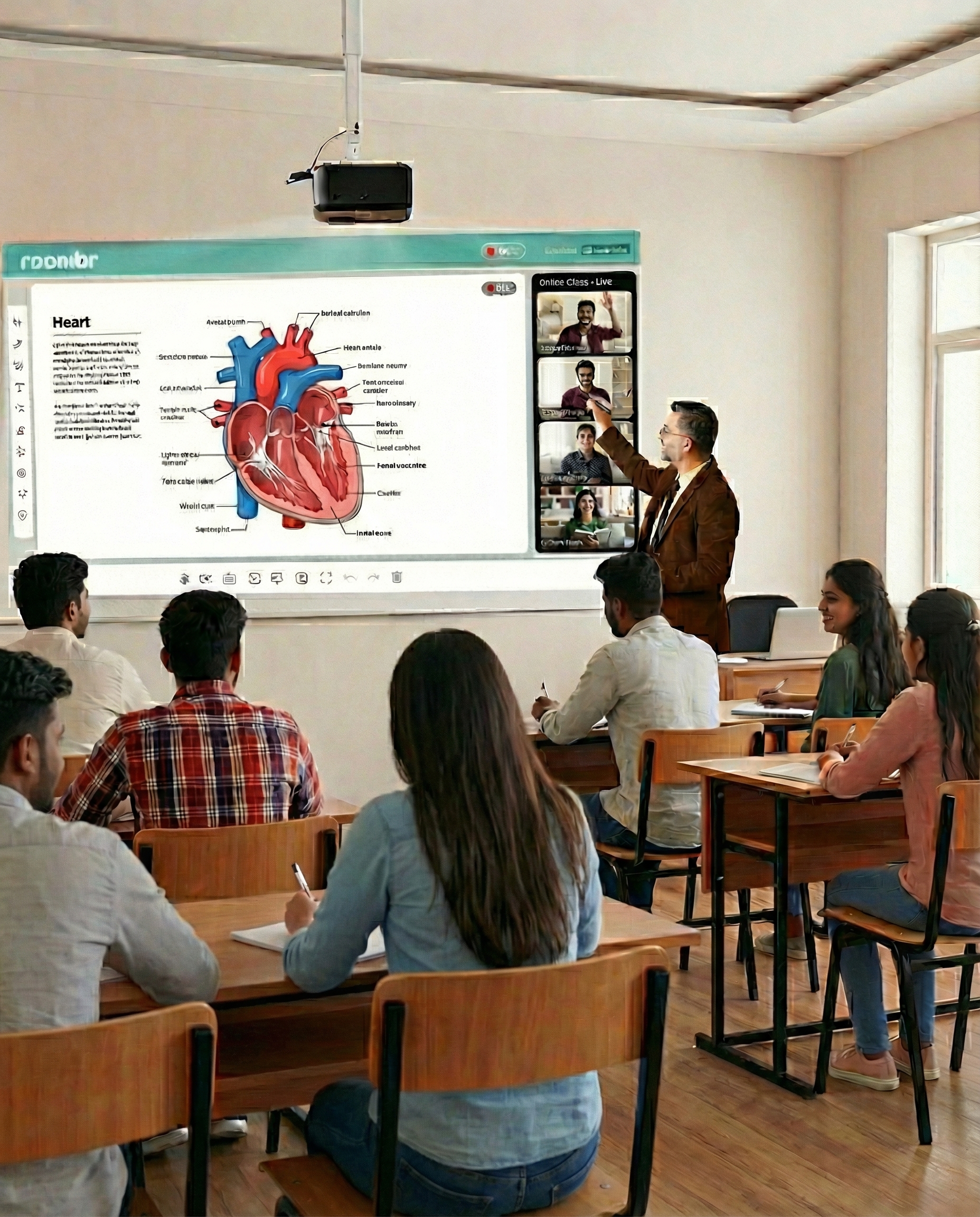9 Ways Smart Class Technology Supports High-Impact Educational Practices (HIPs)

As educators and decision-makers plan to invest in innovative education technology, one critical question comes to the forefront. How will these smart tools fundamentally improve teaching and learning? This is where the conversation needs to shift to High-Impact Educational Practices (HIPs).
HIPs are a set of proven teaching methods that, through years of research, have been shown to boost student engagement and success. Think of things like deep collaboration, hands-on research, and writing-intensive projects. The challenge has always been bringing these powerful ideas to life for an entire class, day after day.
A well-designed smart class doesn't just add screens; it removes barriers. It acts as the engine that allows educators to finally implement these proven practices at scale, turning a standard room into a dynamic digital classroom.
This article discusses how a smart classroom can support HIPs to improve educational outcomes.
What Are High Impact Educational Practices?
High-Impact Educational Practices (HIPs) are a specific set of teaching methods, validated by research from organizations like the Association of American Colleges & Universities (AAC&U), that are proven to significantly deepen learning and boost student success. The core principle is to shift students from passive listening to active, hands-on engagement through activities like collaborative projects, undergraduate research, writing-intensive courses, and internships. Ultimately, they are about learning by doing, creating a more meaningful educational experience that builds critical thinking and prepares students for real-world challenges.
9 Ways a Smart Class Brings HIPs to Life
1. Turning Chaotic Group Work into True Collaboration
True collaboration can feel chaotic in a traditional classroom. Now, imagine your entire wall becoming a shared digital canvas. With a solution like Roombr’s Walltop Computer, students can brainstorm, sketch ideas, and co-edit documents in real-time, all on one massive interactive surface. It transforms a jumble of desks into a single, focused workspace where ideas flow freely.
2. Making Writing a Visual, Team Sport
Teaching writing is tough, especially giving feedback that sticks. Instead of just red marks on a page, picture this: a teacher projects a piece of writing onto an interactive board for the classroom. They can then digitally highlight a great sentence, rework a weak paragraph, and model the editing process live for everyone to see. When recorded, students can revisit that exact moment, making feedback a powerful, repeatable learning tool.
3. Powering Genuine Inquiry and Research Projects
Curiosity is the engine of learning. Whether it's a primary school project or undergraduate research, students need tools to explore their questions. A digital classroom serves as their research lab. They can pull up data, stream expert interviews, and analyze information using the powerful built-in computer, then present their findings on a huge HD screen that gives their work the professional platform it deserves.
4. Building Living ePortfolios, Not Just Folders
An ePortfolio should be more than a digital folder of finished work. It should tell the story of a student's growth. An integrated smart class solution makes this happen organically. By recording classes and presentations, students automatically capture the building blocks of their portfolio. They can then pair these recordings with their final assignments to showcase not just the result, but the entire learning process.
5. Creating Learning Communities That Last
Great classes create a sense of community, a feeling that everyone is in it together. Technology can help that feeling last long after the bell rings. When discussions, resources, and lecture recordings are all in one accessible place, the classroom conversation never truly ends. Students can support each other and revisit complex ideas anytime, building a stronger, more resilient learning community.
6. Making the First-Year Experience Less Intimidating
The first year at a new school or university can be overwhelming. High-impact practices for first-year students are all about building confidence and connection. An engaging and easy-to-use smart class setup makes this transition smoother. The interactive elements grab their attention, and having every lesson recorded and available means no one has to fear falling behind.
7. Delivering Shared Experiences on a Grand Scale
Imagine bringing in a world-renowned scientist to speak to your entire student body. Logistically, it's a nightmare. But with the right smart classroom equipment, you can stream that speaker live into every single classroom. Suddenly, an impossible event becomes a shared, campus-wide intellectual experience, powerfully connecting students.
8. Dissolving Classroom Walls for Global Learning

What if your classroom in Bengaluru could partner on a project with a class in Tokyo, in real-time? A truly modern education needs a global perspective. A smart class with life-size, high-definition video and crystal-clear audio makes this possible. It closes the distance, turning a simple video call into an immersive cultural and academic exchange.
9. Providing Access to Real-World Field Experiences
Field trips and internships are invaluable but often impractical. The right technology can create the next best thing. A doctor can stream a non-critical procedure to medical students, or a site engineer can give a virtual tour of a project. This use of smart classroom equipment offers safe, scalable access to professional environments, bridging the gap between academic theory and real-world practice.
Conclusion
Technology doesn't teach. Teachers do. The purpose of a smart class is not to replace the essential human element of education, but to amplify it.
By integrating the right tools, we empower our brilliant educators in India to finally implement the teaching methods we know have the biggest impact. Moving to a digital classroom is less about the hardware and more about enabling a pedagogical shift—one where every piece of smart classroom equipment works in service of a more active, collaborative, and profoundly effective learning experience for every student.
Frequently Asked Questions
1. What are High-Impact Practices (HIPs)?
HIPs are proven teaching methods, like collaborative projects and undergraduate research, that are known to significantly boost student success. A smart class helps bring these powerful strategies to life for every student.
2. How does a smart class help with personalized learning?
A smart class lets teachers track individual progress through digital analytics. By seeing where a student is struggling, educators can provide tailored resources and support within the digital classroom.
3. Is Roombr's technology suitable for all age groups?
Absolutely. Roombr’s system is intuitive enough for primary school students yet powerful enough to support advanced university-level instruction, making it a perfect fit for any educational institution across India.
4. What is the most essential smart classroom equipment?
The core is an interactive display and a computer. Roombr simplifies this by integrating everything—screen, PC, cameras, mics, and speakers—into one unit, creating a complete smart class ecosystem out of the box.
5. Do interactive boards for classrooms actually improve engagement?
Yes, they transform passive listening into active participation. Interactive boards for classrooms allow teachers and students to manipulate content, watch videos, and collaborate visually, which makes learning far more dynamic and memorable.
Take a virtual tour of the Roombr smart class technology to learn how it can help your institution enhance teaching and learning experiences.
Foziya Abuwala
Share
Step Into the future of
Education with Roombr

















